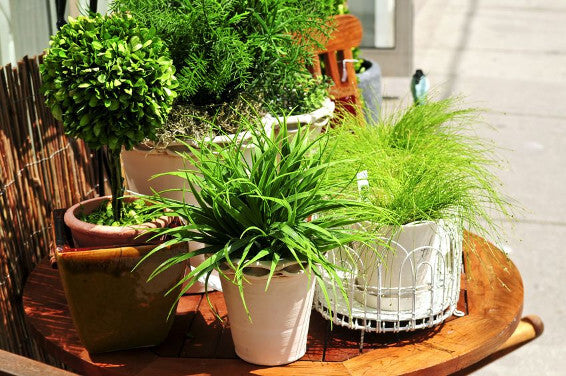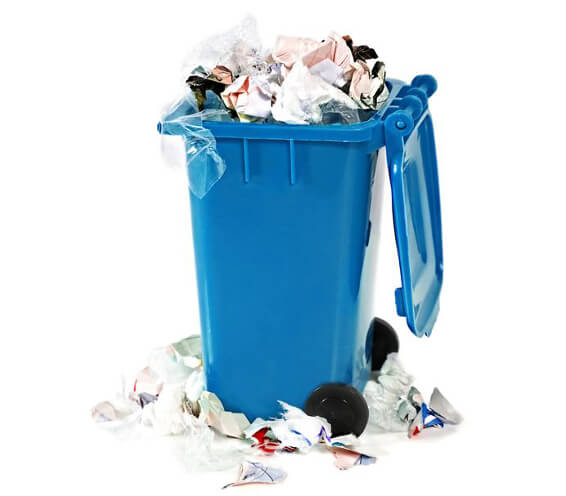
Gnats is a term people use for the small, winged insects they find in their homes. These "gnats" are usually fruit flies or fungus gnats, and they seem to come from nowhere. Check out the places in your home where gnats might be lurking:
Here are some tips on how to get rid of gnats in the house.
Potted Plants

Sometimes when you purchase potted plants-especially from the grocery store-they bring gnats with them. Gnats will lay eggs in the soil so when they hatch two to three weeks later and feed on the fungi, algae, and decaying plant matter found in the soil. To prevent bringing gnats into the home, re-pot your plants into some new soil. Remove as much of the old soil as possible, brush it all out, and then wash the pot in hot, soapy water. Dump the new soil in and re-pot the plant.
One of the best ways to combat this is watering less since most plants do fine without watering multiple times a week. It's best to switch to just one single soaking a week and draining the excess water. This is a good practice to maintain since poor drainage leads to plant rot. To test out whether your plants need to be watered, put your finger in the soil up to the first knuckle. If it's still wet, then your plant doesn't need to be watered.
Dust your potted plants with diatomaceous earth to keep the topsoil dry and desiccate any larvae or gnats that land on the plant. On the day you water your plant, add some more crawling insect control diatomaceous earth to the soil again. This works especially well for a severe gnat problem (as well as a few other insects like whiteflies, blackflies, and other flying insects).
Some people recommend purchasing Houseplant Sticky Stakes for gnats and whiteflies.
Here is another innovative idea. Use a Bounce® sheet on your soil, or in other areas where gnats are congregating. In 2010, Kansas State University published a report that backed up the idea that Bounce® sheets do indeed repel gnats.
De-"gnatting" Your Home

Throw out any rotting fruit, or any fruit that might be deemed "questionable". Gnats love any decaying matter and old food is definitely an attractant. Even before the fruit starts to decay, gnats are attracted to it. Fruit should be placed in the fridge to protect it from the gnats.
Place jars of apple cider vinegar (or white vinegar, but apple cider vinegar works better) at least halfway filled into a container with a wide opening. Cover with plastic wrap and hold it in place with a rubber band. Using a toothpick to poke holes in the top. The smell from the vinegar attracts the gnats but once they get inside they're trapped. Place these jars around your house plants, garbage, fruit bowls, and any other areas infested with gnats.
You can also use neem oil as a spray on the plants.
Take Out the Trash

After you've thrown out all of your rotting fruit, be sure to take out the garbage as well. This keeps your house smelling fresh and rotting to a minimum.
Sometimes people keep a small compost bucket inside the house before they take it out to the pile outside. Try to avoid this practice. Even though it means more frequent trips outside to the compost pile.
Garbage doesn't always make it inside the bag. This means that old food can be sitting and rotting in your garbage can even though you regularly take your garbage out. Wash the inside of the garbage can with hot soapy water. After it's dried, dust the inside of the garbage can with diatomaceous earth to keep it deodorized.


